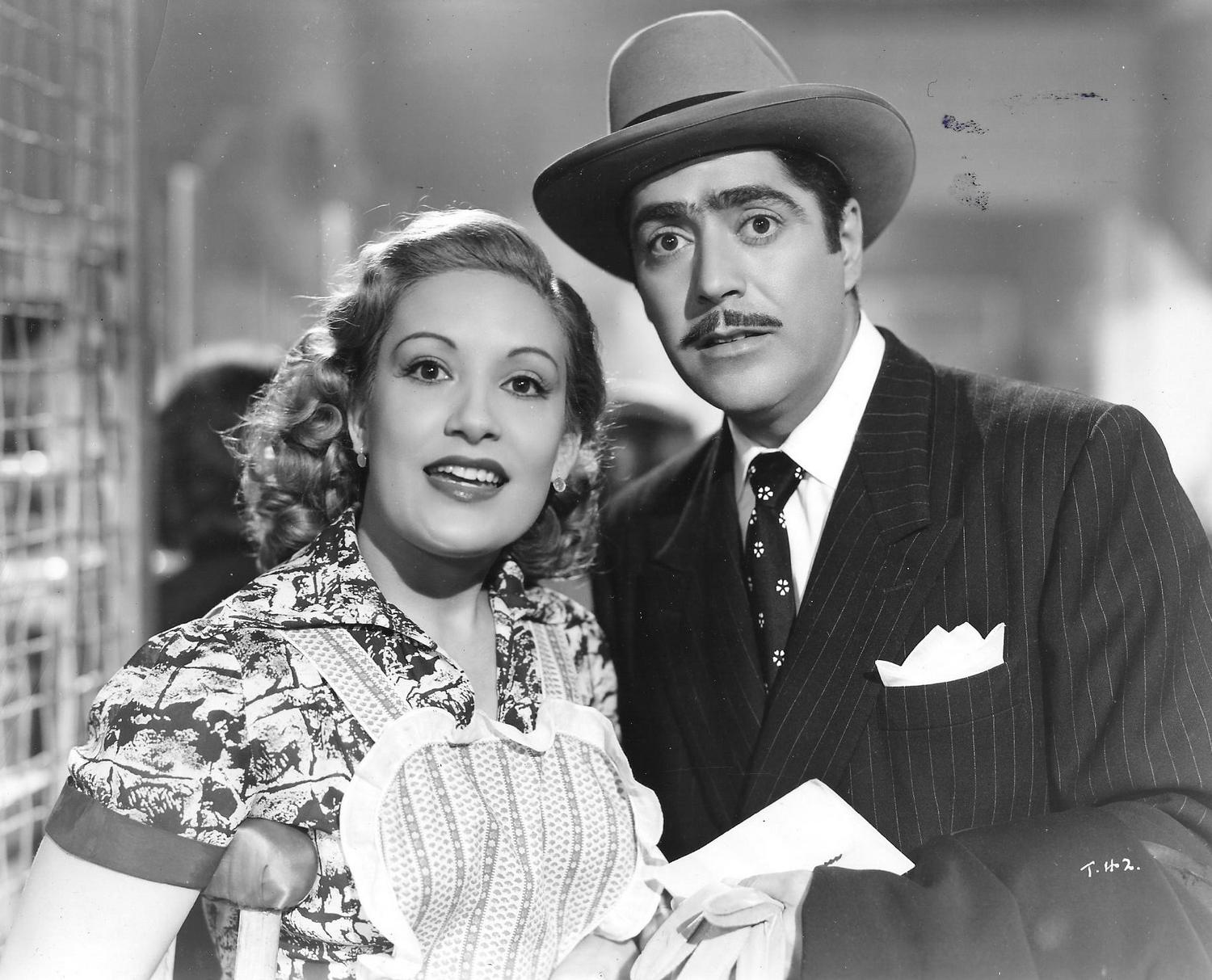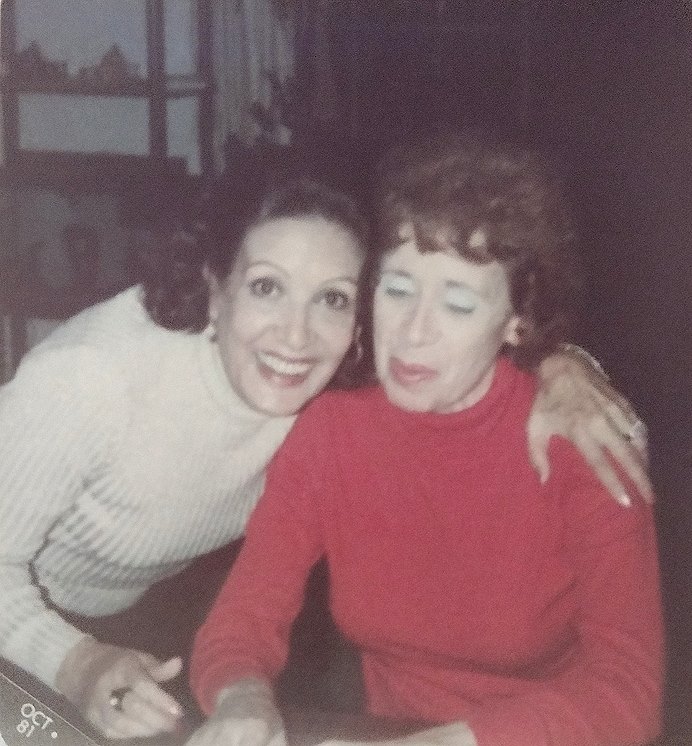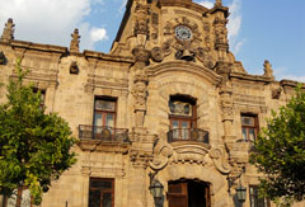D. A. Huse
My husband’s Aunt Chela was a famous singer, who performed internationally. Fifteen years ago, I decided to write a book about Aunt Chela’s life for our family. I searched the internet for information on her appearances in Los Angeles, Mexico, Venezuela, Cuba, etc. but found nothing. Wikipedia had only one paragraph of the most basic, and mostly incorrect, information. Therefore, I became absolutely determined to write her story for all of the family, and also for posterity.
She deserves to be remembered. To say she was a talented singer is true. But she was so much more than that. I will start from the beginning of her artistic life, with glimpses into her childhood when they are pertinent to the story. My book will be based on our first hand knowledge of her life from our direct contact with her, and on her scrap book with newspaper clippings, and photo albums. When writing of her direct family, I will not always use their real names as most of the information about her dealings with them is not very flattering.

I first met Chela Campos when I was ten years old. It was in Mexico City, called the D.F. in those days, in the Colonia Narvarte on Calle Esperanza. We lived there for a year in 1965, and I became friends with the little girl next door. One day, her Aunt Chela came to visit while I was there, and I was simply awestruck: she was so elegant and beautiful. I was introduced to her as the ‘amiga gringa’ next door; the funny thing is that she came with her lifelong friend Grace Navarro, who was also a ‘gringa’, born in Worcester, Massachusetts. Grace came from a rich Cuban family in Havana, Cuba; Fidel Castro had actually seized their mansion and given it to a general. The stories of their experiences in Cuba are wonderful, but best saved for another article.
I kept in contact with Chela’s family and, years later, I married her favorite nephew. When my husband was young, he stayed with Aunt Chela at her Polanco home on Calle Goldsmith whenever she was home from tour. He was there for parties with Cantinflas, Luis Aguilar, Consuelo Velásquez and many others. He had a very close relationship with her; at one point she even wanted to adopt him, but his mother said no. After we were married, she would visit me once a week in our apartment on Avenida Niño Perdido. We would go grocery shopping, and she taught me how to cook at the unforgiving altitude of Mexico City. I needed a lot of help. Sometimes, we would go to director screenings of new movies at the ‘ANDA’ studios. So many stories….
Aunt Chela’s heritage, childhood accident and crystal cane

Celia Campos Diaz was born in Mexico City on October 6th, 1922. Her father was Francisco Campos Jiménez and her mother was Guadalupe Díaz.
Her father came from a long line of foundrymen, but was an artist really, drawing designs in sand and then casting them in bronze. During his lifetime he made many of the statues on Avenida Reforma, some of the hardware (statues, elaborate door knobs, handrails, lamps, etc.) in Palacio de Bellas Artes, and most of the hardware in the Teatro Chino. His family arrived in the State of Hidalgo from Palencia, Spain, in the mid-1800s. Celia’s great-grandfather was a foundryman who had been hired by an English firm to work on the Mexican railroad.
Celia never knew her mother and was told that she had died when she was a baby. She told me that her father would become very sad and couldn’t speak of it. When she was a toddler, her father married Dolores Santana, and Celia would eventually have 7 stepbrothers and sisters. She was called Chela by her father and family from an early age; perhaps it was a nickname given to her by her mother?
Chela was very much a tomboy and enjoyed playing in the city streets. She told me the story of how she broke her leg. She would hang off the backs of the trolley cars with her friends and ride all around the city. When she was around 9 years old she fell off the back of one and smashed the growth plate in her left hip and femur. She was hospitalized and placed in traction. She spoke of it as being in a large room with many beds and the pain was agonizing.
The doctors advised surgery to insert a plate and screws, but explained to her father and stepmother that not only would this hinder the leg’s growth, but it would also permanently fuse the joint. Her stepmother refused the surgery, saying that was a horrible option. Chela said she was always grateful to her stepmother for that decision, because her left leg was only two inches shorter than the right, though life became difficult for her after this. In her own words, she became Cinderella with the wicked stepmother. It was so bad that it prompted her father to send her to live with his sister and her Aunt Laura, where she was loved and allowed to live a normal childhood.
(Video published on YouTube by Música sin Final)
For years she would use a plain wooden crutch to get around. In her earlier pictures, when she was performing you can see that she had a wooden cane. It wasn’t until years later, in the 1950s, when she bought an acrylic cane in the USA. It was a square cane, so she asked her brother Ángel Campos to fix it up for her, because the handle part hurt her hand. Ángel would design all the canes she used for the rest of her life. He re-shaped this acrylic one, making it round and tapering to the bottom. He cut off the handle part, and inserted a gear shift knob that had a red flower inside it. He made a second one with a yellow flower inside, which became a very feminine version of the original, which she used all the time. This is when an XEW broadcaster gave her the nickname: ‘the lady with the crystal cane’ (‘la dama del bastón de cristal’). My cousin Lourdes Campos still has one of those canes to this day. Aunt Chela had numerous canes, with all different types of handles, even some shaped like animal heads, but she used these two canes the most.
Celia Campos Diaz died on June 18th, 1982, when she was just 59 years old. She and her friend Grace had been at my home in Connecticut in October 1981,having just returned from a two week stay in an Ashram in Bangalore, India. She had been convinced to go by Grace, who was a Sai Baba devotee at the time. Aunt Chela did not enjoy the austere and poor conditions of the Ashram, but did say the country was beautiful.
During this visit we spent a day with their friend, Rosita Bujones, a Cuban singer, in New Jersey. (Rosita’s sister, Minin, also a close friend, lived in Miami at the time.) We ate, and they sang all afternoon.
Chela and Grace stayed with us for a few weeks, but Aunt Chela was not feeling well. We speculated that maybe she got sick in India, but she didn’t want to go to the hospital here, she just wanted to return home to Mexico City. She promised me that she would go to the doctor immediately. We spoke regularly but she never mentioned her illness. I learned later on, from my mother-in-law, that Aunt Chela went to several doctors, and typhoid was mentioned. She went to the hospital in May 1982. We were never told that she was that sick, or had been admitted, and didn’t learn of her death until a month later. We were devastated and have never gotten over our grief at losing her. We still wish we had been told, so we could have gone to be with her.

This picture of her with Grace was taken in our living room in Connecticut only months before her death. Grace continued to visit us frequently until her own death at the age of 86.
Related articles on MexConnect
- Cinematic cuisine: Mexican recipes from a Golden Age
- Cantinflas: super comic, super star, super man
- Emilio Fernandez, one of a kind


